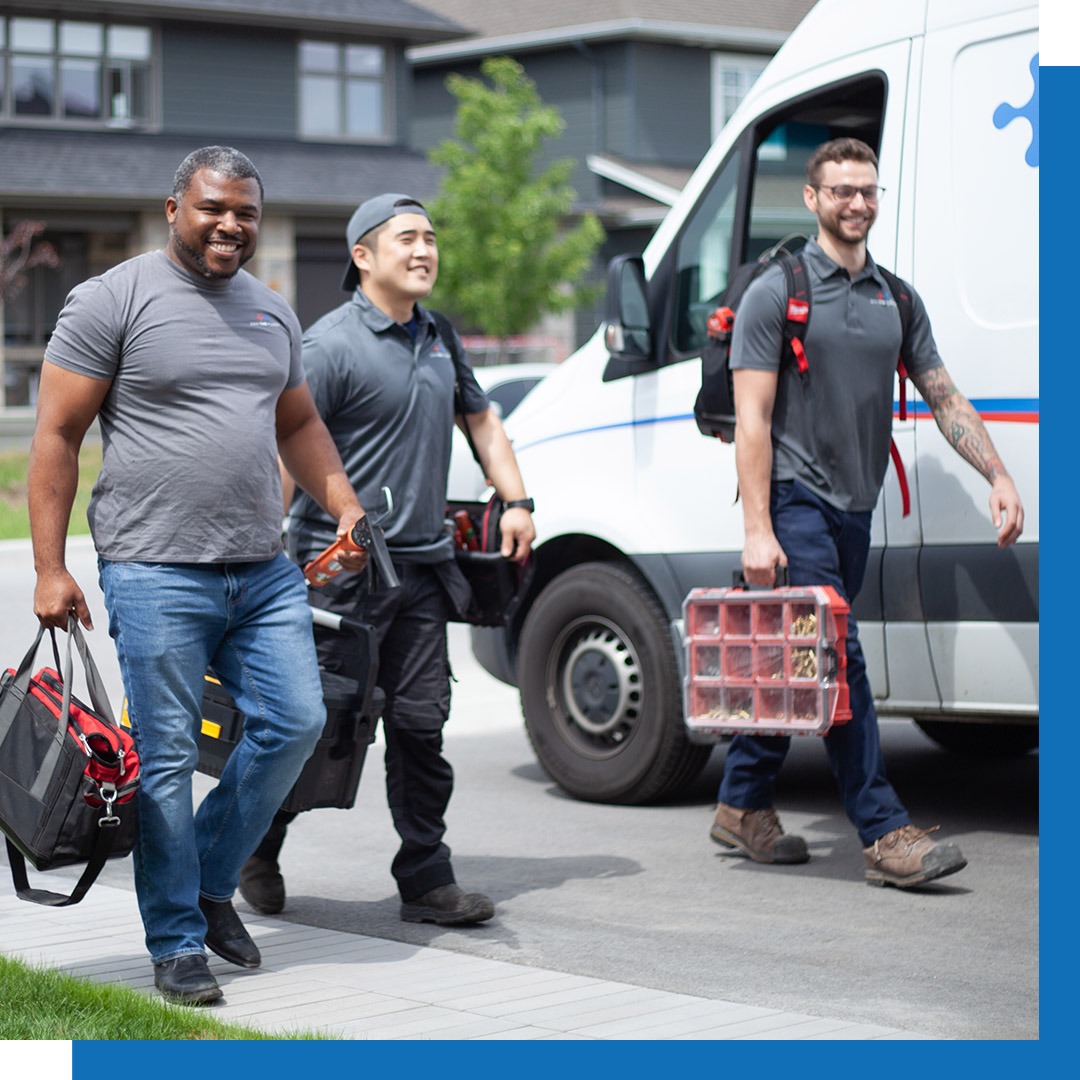Vital Plumbing Alabaster AL Tips for Homeowners
Vital Plumbing Alabaster AL Tips for Homeowners
Blog Article
A Step-by-Step Overview to Effective Water Heating System Setup for Optimum Performance
Beginning on the task of mounting a water heating unit is an endeavor that demands precision and a systematic technique for attaining optimum efficiency. As you proceed, the ins and outs of attaching water supply lines and establishing up trusted electrical or gas connections wait for, appealing understandings into making certain efficiency and dependability.
Selecting the Right Water Heater

Next, take into consideration the size and capability of the hot water heater. It's essential to analyze your family's warm water demands, which can differ based on the variety of owners and their use patterns. An unit that's as well little might bring about insufficient warm water, while an oversized version might lead to unnecessary energy intake.
Effectiveness rankings likewise play a critical duty in option. Look for water heating units with high Power Variable (EF) rankings, suggesting premium efficiency and decreased power usage. Tankless models, though normally a lot more pricey in advance, offer considerable power financial savings over time because of their on-demand home heating capabilities.
Preparing the Installation Area
Before mounting a new water heating system, thorough preparation of the setup area is vital. It's important to gauge the area meticulously to fit the water heating system's dimensions, making sure adequate clearance around the device for reliable operation and servicing.
Examine the flooring for security, as the water heating system will certainly require a solid, degree surface area to operate properly. If essential, mount a drip frying pan below the system to catch potential leakages or spills, protecting against water damages to the surrounding area.
In addition, guarantee that all necessary tools and materials get on hand prior to beginning the installment. This includes items such as wrenches, screwdrivers, a degree, and any type of added equipment required for mounting and protecting the heater. A well-prepared installation area sets the structure for a successful hot water heater arrangement, maximizing performance and security.
Connecting Supply Of Water Lines
When attaching water system lines to your freshly installed water heater, it is vital to ensure that all links are safe and leak-free to preserve effective operation and protect against water damage. Begin by determining the hot and chilly water lines. The cold water inlet is normally noted with a blue tag or a "C", while the warm water electrical outlet is marked with a red tag or an "H".
Usage versatile water heating system connectors to facilitate a simpler installment process. Before affixing the ports, put a plumbing professional's tape around the threaded ends of the water heating system's inlet and outlet pipelines.
As soon as connections remain in place, gradually transform on the main water supply shutoff. Inspect each link for leaks by aesthetically examining and really feeling for dampness. Tighten up connections as required, and make sure the pressure relief valve is correctly installed, safeguarding versus excessive stress build-up.
Establishing Electrical or Gas Links
Effectively establishing up the electrical or gas links for your hot water heater is a critical step to make sure efficient and safe operation. For electric hot water heater, begin by verifying that the electric circuit works with the heater's voltage and amperage requirements. Ensure the power supply is switched off at the circuit breaker to avoid crashes. Connect the electrical cables to the heater complying with the supplier's circuitry diagram. Typically, this entails connecting the ground cord to the eco-friendly terminal, and the staying cables to their corresponding terminals, safeguarding each with wire nuts.
For gas water heaters, safety is vital. Link the gas line to the water heating system making use of a flexible gas connector, guaranteeing it is effectively threaded and sealed with pipeline joint compound or Teflon tape suitable for gas connections.
When links are made, examine for any prospective leakages. For gas lines, use a soapy water solution to the joints; bubbles indicate a leakage. For electrical links, confirm that all electrical wiring is safe and correctly shielded, maintaining compliance with regional electric codes.
Testing and Changing for Performance
With the electric and gas connections safely in area, the next action is examining the functional performance of your water heating unit. Begin by carefully transforming on the water supply and ensuring there are no leakages at any of the valves or joints.
Next, execute a comprehensive evaluation to guarantee the heating elements or burner are working correctly. For electrical heating units, make use of a multimeter to validate if the elements are attracting the appropriate current. In gas models, observe the heater flame; it must be consistent and blue, suggesting reliable combustion.
Readjust the settings as necessary to remove ineffectiveness. check my source Take into consideration carrying out more information insulation measures, such as adding a water heating unit blanket, to additionally enhance efficiency by decreasing warmth loss. Additionally, check the anode rod's problem, as a scrubby pole can lower efficiency and lead to container deterioration.
Final Thought
Reliable water heating unit setup is important for guaranteeing optimum performance and energy cost savings. By picking the suitable kind and dimension, and meticulously preparing the installment area, a structure for success is established. Securely attaching water supply lines and meticulously establishing electrical or gas connections minimize potential concerns. Complete testing for leaks and specific thermostat modifications to 120 ° F boost dependability and effectiveness. Following these steps promotes long-term performance and power preservation in domestic water furnace.

Properly establishing up the electric or gas connections for your water heater is a crucial action to ensure risk-free and effective procedure. For electrical water heating units, begin by verifying that the electric circuit is suitable with the heater's visit this site voltage and amperage requirements. Link the gas line to the water heating system using an adaptable gas adapter, guaranteeing it is properly threaded and sealed with pipe joint substance or Teflon tape ideal for gas connections.
Report this page